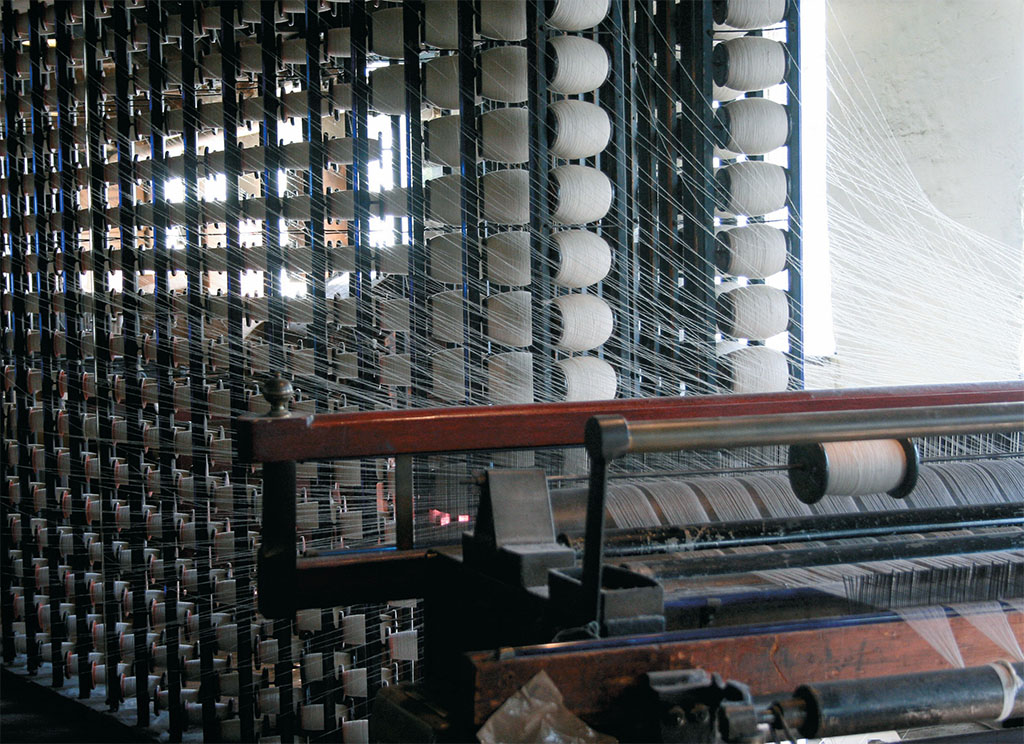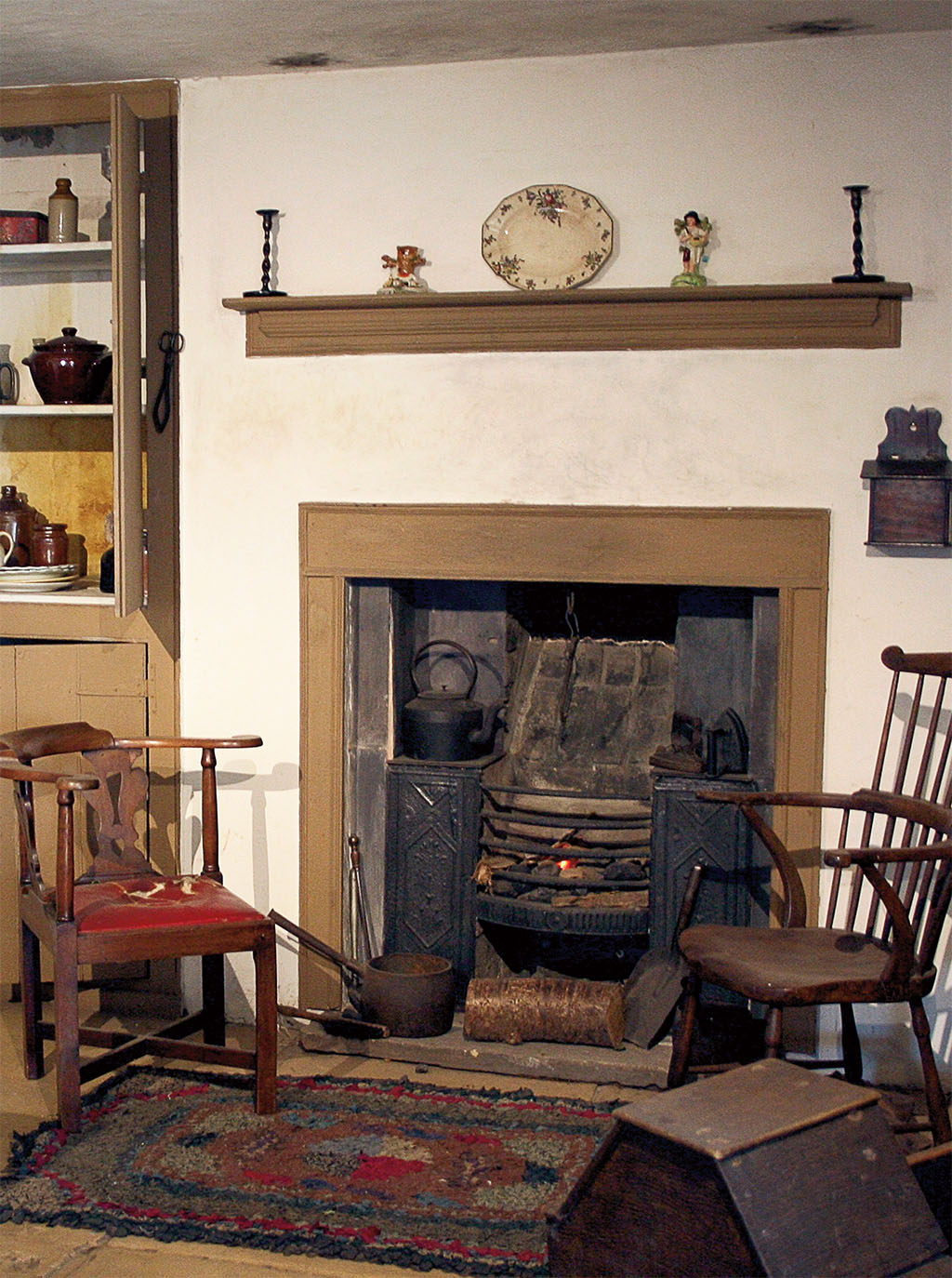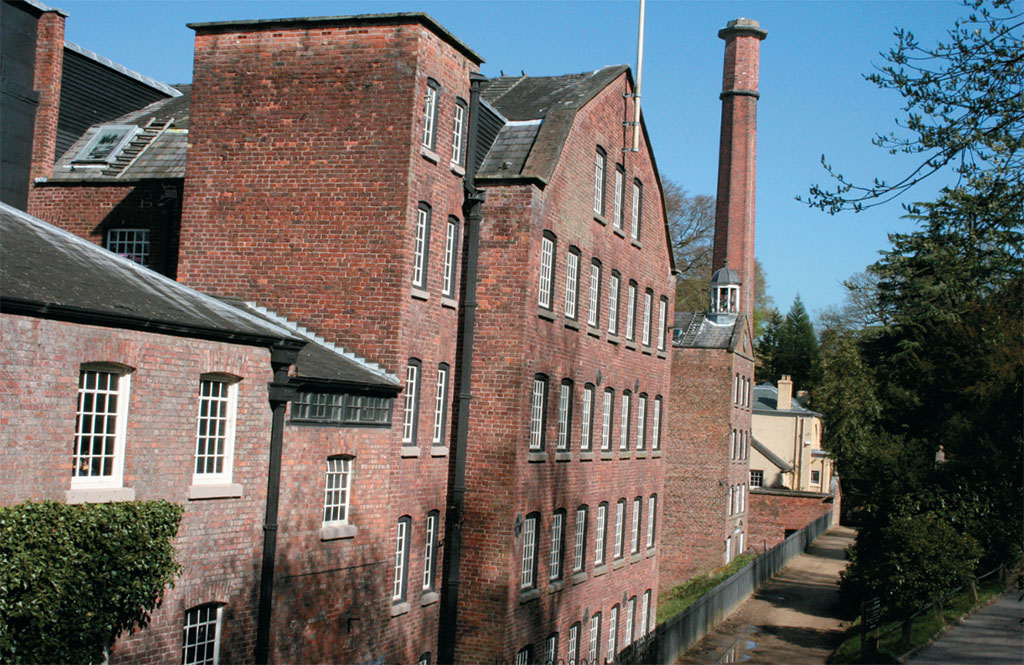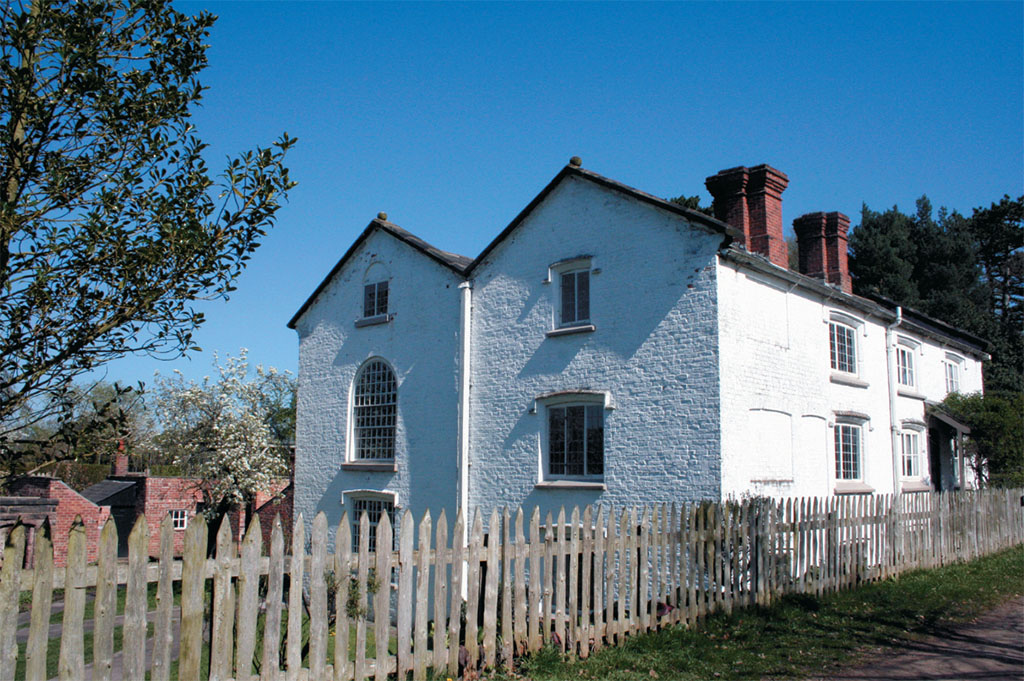
Weaving a life
[caption id="QuarryBankMill_img1" align="aligncenter" width="1024"]

Our favorite images of England are the rustic, the rural and the picturesque, where nature appears to advantage and humans live happily in harmony with the natural world. The idylls of early 19th-century Romanticism and the unshakeable optimism of Victorian England color our expectations of Britain today.
William Blake’s Jerusalem, of course, was one idyll of the Romantic. But what if those dark, satanic mills weren’t so bad? What if, in fact, they were the New Jerusalem?
Oh, life was grim enough in the textile mills and mill towns that grew up across the West Midlands and the North with the Industrial Revolution in the late 18th and 19th centuries. Looking back from our sanitary, efficient and leisure-filled 21st-century perspective, life was dirty, hard, dangerous and just plain depressing. Working hours in the mills were long. Health and safety were not exactly up to present standards. In many places, living conditions were unsanitary and even deadly. Diet was often limited and “disposable income” a rarity.
[caption id="QuarryBankMill_img2" align="aligncenter" width="1024"]

[caption id="QuarryBankMill_img3" align="aligncenter" width="1024"]

It’s hard to believe that for the workers and their families of Georgian England, however, the mills meant a way of life far superior to that available to agricultural laborers, crofters and the subsistence farming of the time. After all, in the mill villages there was a sense of community, and medical care in extremis. There was opportunity for schooling for children, the security of a steady cash income (however meager by contemporary standards), a chapel or church and opportunity for things.
South of Manchester, and quite near Manchester Airport, Quarry Bank Mill in Styal offers perhaps the best working model available of what life in the textile mill communities might have been like.
Samuel Greg was one of an “enlightened” group of mill owners,who saw his workers as people and not simply as engines of labor. He built Quarry Bank Mill on the River Bollin in 1784. The original iron waterwheel powered five floors of cotton textile production, from ginning to weaving, for 120 years. Then, steam power took over.
A mill needs workers, however, and the nearby hamlet of Styal didn’t have the workers or the housing. So Greg built the village that still thrives today— farm buildings converted to houses and terraces built of mill worker cottages. Though Unitarian himself, Greg also provided a Methodist chapel.
[caption id="QuarryBankMill_img4" align="aligncenter" width="1024"]

The Apprentice House, just up the lane from the mill, housed child “apprentices” indentured to work in the mill. Greg acquired orphans about age 9 from workhouses and from Manchester’s streets. Yes, he got free labor, at hours we would not want to work. Greg also contracted a doctor for their care; the children received regular schooling, and each worked in the large garden adjacent that provided fresh fruit and veg to their diet. They were looked after, and life was much better than in the workhouse. At its height, the Apprentice House could accommodate up to 90 children. It was closed in 1847.
Until 1841, one-third of the mill workers were children below age 13. Like adult workers, they put in 13-hour days, six days a week and attended church on Sundays. Yet some apprentices stayed on to work at Quarry Bank as adults. Where would they find a better life? The mill also offered an old hand opportunity for advancement. One apprentice ended up as Mill Manager.
It is easy to look back from our contemporary vantage point and conclude what dismal lives common folk led back 200 years ago. In fact, places like Quarry Bank Mill and Titus Salt’s Saltaire represented progress and advancement for their laborers and their families. Decade by decade, living standards and working conditions continued to improve through the Victorian era. Life in Styal and places like it might not have been exactly the New Jerusalem, but life would have been quite optimistic.
Quarry Bank Mill is one of the great National Trust visits. The five floors of the red brick Georgian mill are all open, and alive with the noise of machinery and the lint of cotton in the air. Skilled machinists demonstrate every aspect of the mill’s operation. Clear, readable display boards walk the visitor through the phases of textile production, from bales of the raw material coming into Liverpool to finished goods shipped out of the Merseyside port.
This is perhaps the best comprehensive visit illustrating how hugely important the textile industry was to the economic engine of 19th-century British wealth and empire. Quarry Bank Mill remained in the Greg family for generations. It was Samuel Greg’s great-great-grandson who gave the mill and estates to the National Trust in 1939.
The National Trust provides at the mill, as it does so often, a good café for luncheon or tea, and a customarily tasteful gift shop as well.
Adjacent to the mill, Quarry Bank House Garden illustrates how the Greg family lived—or at least how it gardened. The garden is gorgeous, of course, in season, but unless you’re going to spend all day at Quarry Bank, it is something you can pass on.
Visits to the Apprentice House are by tour on timed tickets. Make arrangements when you arrive at the NT admission office. The garden and orchard surrounding the house are open to wander. Potatoes and beans, apples and pears: the apprentices tended the garden in their spare time after a 13-hour day.
Styal village is about a 20-minute walk from the Mill Yard. It’s easy enough, however, to drive over, and there is plenty of parking. The terraced cottages today are private homes, but you can freely stroll about the neighborhood and get a feel for life in the mill community.
As a visit, Quarry Bank offers the advantage of being open throughout the year from 10:30 a.m., Wed.-Sun. in the off-season, seven days a week from March through October. A full calendar of special activities throughout the year can be accessed at www.nationaltrust.org.uk.
[caption id="QuarryBankMill_img5" align="aligncenter" width="1024"]






Comments